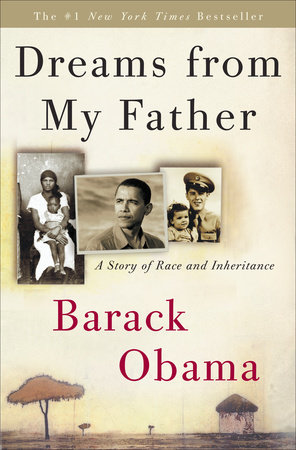Phil Wilkes Fixico — a True Native SonPosted in Articles, Biography, Identity Development/Psychology, Media Archive, Native Americans/First Nation, United States on 2011-01-23 19:08Z by Steven |
Phil Wilkes Fixico — a True Native Son
L. A. Watts Times
2010-03-11
Darlene Donloe, Contributing Writer
Phil Wilkes Fixico’s life is more dramatic than virtually any soap opera.
It took him about 52 years to find out who he was after growing up in what he calls a “web of lies.”
His intriguing story is part of the Smithsonian Institution’s “IndiVisible: African-Native American Lives in the Americas,” a book and exhibit that will tour the country for five years and make its Los Angeles debut at the California African American Museum, tentatively in March 2011. The book speaks to the challenges and triumphs of dual African American and Native American heritage.
A “home-grown” kid who grew up in the Nickerson Gardens housing project in Watts, Fixico, 62, came up hard. His mother not only hid the identity of his biological father, but as a kid he was in and out of four juvenile institutions, experienced rejection, used drugs, committed crimes and witnessed domestic violence, said Fixico, who lives in Inglewood.
Fixico, a member of the Los Angeles Chapter of the Buffalo Soldiers 9th and 10th Horse Cavalry, and the “Seminole Negro Indian Scouts,” said he “grew up as a troubled youth because I kept bumping into the truth and half-truth.
“I knew there was more than what I was being told, but I didn’t know what it was. I certainly didn’t know it was this.”
What he discovered 10 years ago rocked his core: He is a “Seminole–Maroon descendant.” He now describes it as an “identity crisis.”
By appearance, Fixico looks like a black man to some, but he doesn’t think of himself that way; instead, he describes himself as a “Seminole-Maroon descendant.”…
…To understand why he calls himself a Seminole-Maroon descendant is a long story that he pieced together through research.
“I don’t call myself black,” said Fixico, who is one-eighth Seminole Indian, one-fourth Cherokee Freedman, one-fourth Seminole Freedman, one-fourth mulatto and one-eighth Creek Freedman, according to a Smithsonian researcher. “The reason I don’t say black is because that doesn’t really describe the nuances of who I am. I’m a shade of black, a flavor of black.
“When someone asks, ‘Are you black?’ it gives me pause. I can’t take the same credit as someone coming out of Africa who is pure. I can’t take their same degree of blackness.”
To be clear, Fixico doesn’t have a problem with being called black or with black people.
“It’s not that I don’t want to be black,” said Fixico, who explained his mother was African and Cherokee and his father African and Seminole. “I’ve been the product of a mixture. The one-drop rule says I’m black as anybody.
“Under America’s concept of black, I’m black. But when I look at it as my own sense of self, I’m a flavor of black.”…
Read the entire article here.





